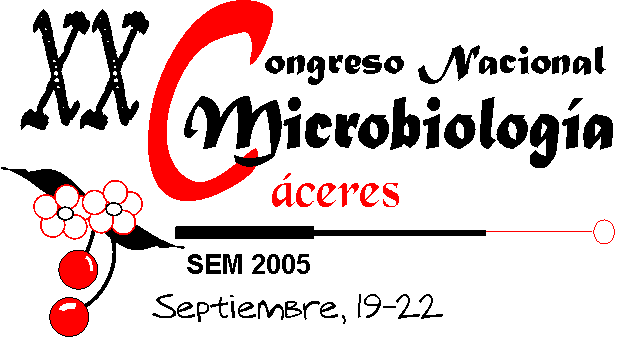

M - 401
Cavanilles Institute for Biodiversity and Evolutionary Biology, University of Valencia; Apartado Postal 22085, 46071 Valencia; alexander.neef@uv.es
Blattabacteria are intracellular endosymbionts found specifically in the abdominal fat body of cockroaches. The symbiosis is considered as mutually obligatory although the function of the blattabacteria is yet unknown. Blattabacteria are members of the phylum Bacteroidetes (formerly called CFB phylum) and the genus Blattabacterium is belonging to the class Flavobacteria constituting therein an own family. The genomes of six insect endosymbionts, all members of the gamma-proteobacteria, have been already completely sequenced (1). The gathered information reveals for all of them a drastic genome size reduction in comparison with their respective free living relatives. The gene contents found in these symbionts have confirmed the eminent role of the bacteria for the nutrition of the hosts like postulated previously. Therefore, we hope that genomic studies of blattabacteria may disclose an idea of their function for the cockroaches, but also deliver general insights on the evolutionary constraints for obligate intracellular bacteria. Here, genome sizes of three different blattabacteria were determined using pulse field gel electrophoresis. Additionally, a shot-gun approach sequencing project of the complete genome of the endosymbiont of Blattella germanica has been started.
Determined genome sizes for the endosymbionts from Blattella germanica, Periplaneta americana, and Blatta orientalis were highly congruent and all in the size range of about 650 kb. Despite the identical genome sizes restriction patterns were considerably distinct for the three symbionts and showed a species-specific outline.
In the moment, this is the only known genome project for a non-proteobacterial insect endosymbiont. Like the gamma-proteobacterial endosymbionts blattabacteria possess a highly reduced genome compared with free-living relatives (2-4). As an additional aspect, in future, knowledge gained from genomic studies may support the improvement of pest control strategies.
(1) http://www.ncbi.nlm.nih.gov/genomes/MICROBES/Complete.html
(2) Akman L et al 2002. Nat.Genet. 32:402-407. (3) van Ham RCHJ et al 2003. PNAS 100:581-586. (4) Gil R et al 2003. PNAS 100:9388-9393.